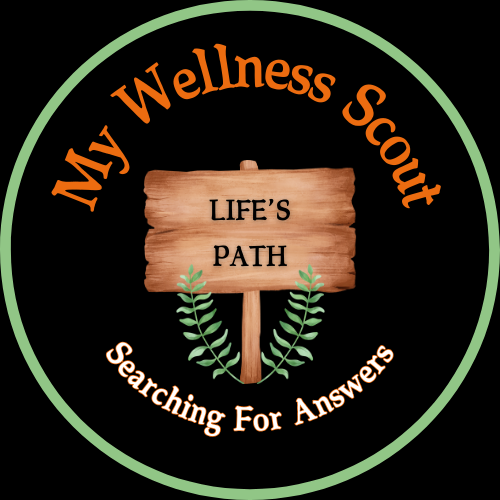
Early Identification and Support Strategies for Academic, Social, and Emotional Development
March 10, 2025
Key Points
- Early identification of at-risk students can significantly impact their future success
- Common signs of at-risk students include academic decline, behavioral changes, and emotional distress
- Effective support strategies include individualized plans, counseling services, and mentorship programs
The Importance of Recognizing At-Risk Students in Junior High and High School
Recognizing at-risk students in junior high and high school is crucial for their academic, social, and emotional development. Early identification of at-risk students can have a significant impact on their future success, and it is essential for educators and counselors to be aware of the signs and strategies to support these students.
The Impact of Early Identification
According to a report by the Brookings Institution, “The availability of modern education data systems has not translated into meaningful improvements in how consequential state policies use data to identify students in need of additional resources and supports.” This highlights the need for a more effective approach to identifying at-risk students.
Early identification of at-risk students can have a significant impact on their academic performance. A study by the Institute of Education Sciences found that “the prior performance early warning system and the algorithm using the same-percentage risk score cutoffs are similarly accurate” in identifying at-risk students. This suggests that using a combination of prior performance and algorithm-based risk scores can be an effective way to identify at-risk students.
Signs to Look For
There are several common signs that may indicate a student is at risk, including:
- Academic decline: A decline in grades or academic performance can be a sign that a student is struggling.
- Behavioral changes: Changes in behavior, such as increased absenteeism or tardiness, can be a sign that a student is at risk.
- Emotional distress: Students who are experiencing emotional distress may exhibit signs such as anxiety, depression, or mood swings.
- Physical symptoms: Students who are experiencing physical symptoms such as headaches or stomachaches may be at risk.
- Family and social issues: Students who are experiencing family or social issues, such as poverty or homelessness, may be at risk.
- Substance abuse: Students who are using substances such as drugs or alcohol may be at risk.
According to a report by Fame, “A 2023 Education Data Initiative report reveals that nearly 33% of undergraduates don’t complete their degree program.” This highlights the need for early identification and support of at-risk students.
How to Recognize At-Risk Students
There are several strategies that educators and counselors can use to identify at-risk students, including:
- Observations and monitoring: Regular observations and monitoring of student behavior and academic performance can help identify at-risk students.
- Open communication: Open communication with students, parents, and colleagues can help identify at-risk students and provide support.
- Collaboration with colleagues: Collaboration with colleagues, such as teachers and counselors, can help identify at-risk students and provide support.
- Utilizing screening tools: Utilizing screening tools, such as risk assessments and surveys, can help identify at-risk students.
According to a report by Edsembli, “Edsembli’s Student Information System (SIS) can help educators identify at-risk students by analyzing data on attendance, grades, and other factors.” This highlights the importance of using data to identify at-risk students.
Supporting and Helping At-Risk Students
There are several effective strategies to support and help at-risk students, including:
- Developing individualized support plans: Developing individualized support plans can help provide targeted support to at-risk students.
- Providing access to counseling services: Providing access to counseling services can help at-risk students address emotional and behavioral issues.
- Offering mentorship programs: Offering mentorship programs can help at-risk students develop positive relationships with adults and peers.
- Academic support: Providing academic support, such as tutoring and academic advising, can help at-risk students succeed academically.
- Family engagement: Engaging with families can help provide support and resources to at-risk students.
- Encouraging participation in extracurricular activities: Encouraging participation in extracurricular activities can help at-risk students develop positive relationships with peers and adults.
- Creating a supportive school environment: Creating a supportive school environment can help at-risk students feel safe and supported.
According to a report by nSide, “nSide’s solutions, such as nSide|Assess, can help schools identify at-risk students and provide them with the support they need to succeed.” This highlights the importance of using data and technology to support at-risk students.
Conclusion
Recognizing at-risk students in junior high and high school is crucial for their academic, social, and emotional development. Early identification of at-risk students can have a significant impact on their future success, and it is essential for educators and counselors to be aware of the signs and strategies to support these students. By using a combination of prior performance and algorithm-based risk scores, educators and counselors can identify at-risk students and provide targeted support. By providing individualized support plans, counseling services, mentorship programs, academic support, family engagement, and encouraging participation in extracurricular activities, educators and counselors can help at-risk students succeed.
